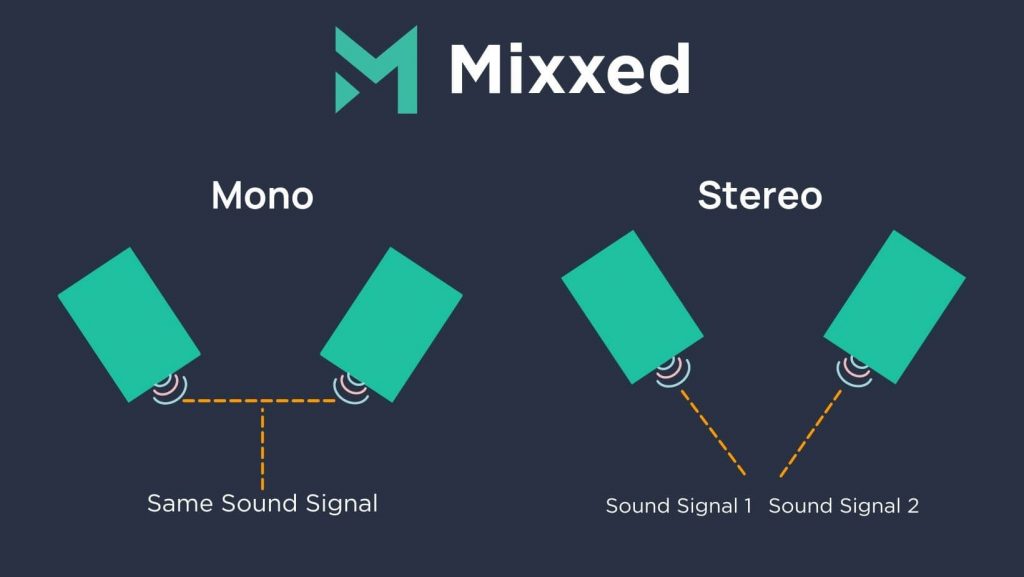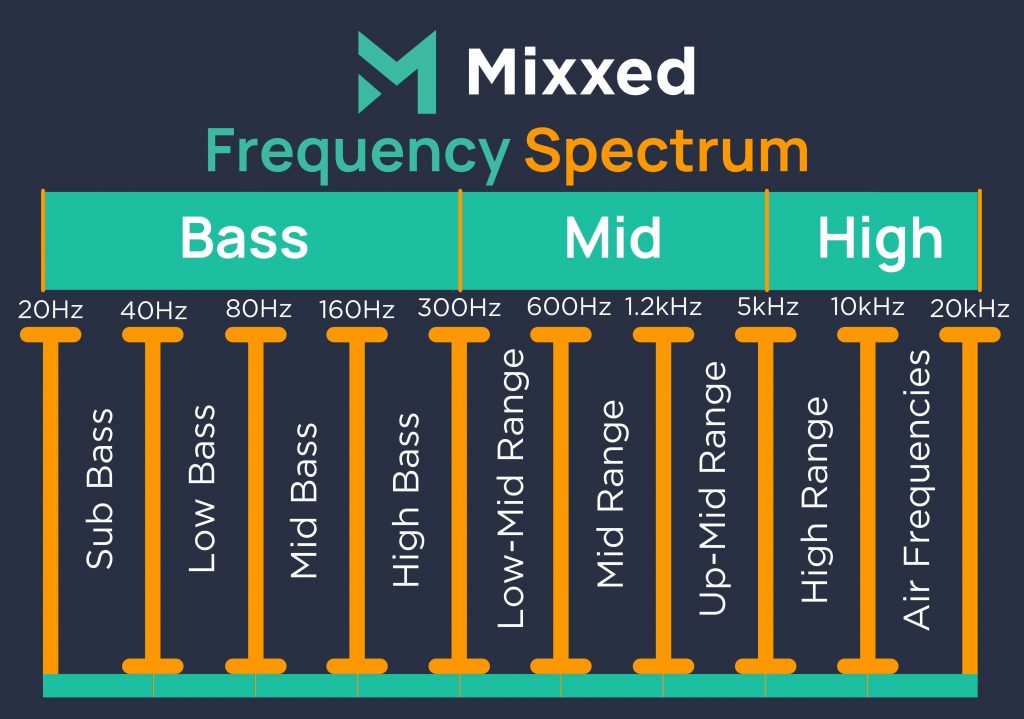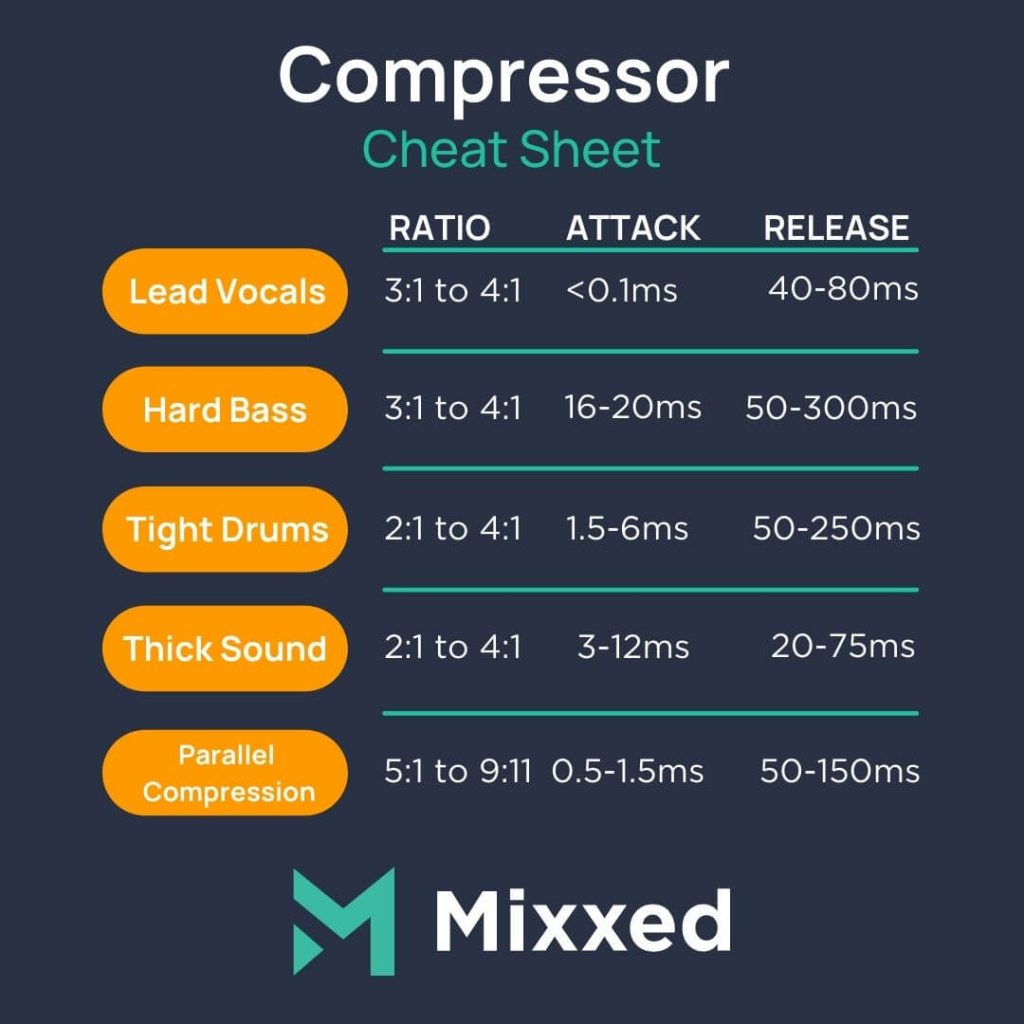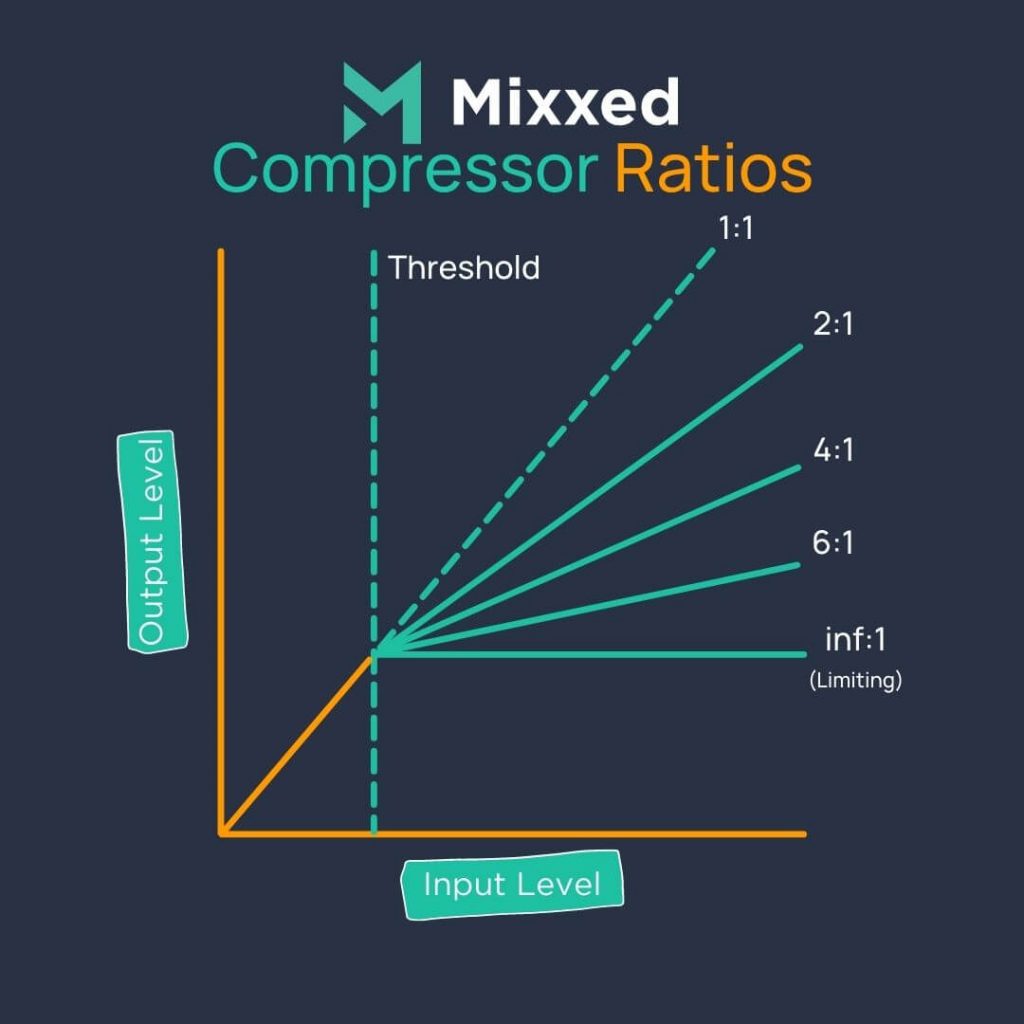How to Make A Punchy Kick Drum That Cuts Through the Mix
A kick drum needs to be deep, punchy and a propulsive force in your music. Therefore, a limp kick drum could make your song seem flat!
It’s important for your kick drum to connect with the rhythm of your music. Whether you’re making Drum and Bass, House, Dubstep, or any other electronic music, your kick drum is at the very heart of your rhythm. So, let’s talk about how to make a punchy kick drum.

Find the Right Kick Drum Sample
Your very first step for a more punchy kick drum needs to be finding the right kick drum sample. The right kick drum is in the right key and has characteristics that work for you and your track. A rule of thumb to follow is that a kick drum should match the root note of the key of your song!
The first step for a more punchy kick drum is finding the right kick drum sample.
On top of its key, examining the characteristics of your kick drum closely will help you mix it better. How much high end does it have? More importantly, how much low end does it have?
Starting with the right sample will determine the effect that your kick drum will have on your track and listener. Of course, to make a kick drum punchy you can always layer multiple kick drum samples on top of one another by choosing two or three samples with specific characteristics. For example, you could have one sample with low end and one with the more high end. When you put them together you get the ultimate kick drum! Again, make sure the kick drum samples you layer are in the right key.
And we have some good news! You’ll find all the kick drum samples you’ll need for your project right here.
Keep Your Kick Drum in Mono
You’ll find that many drum samples may come in stereo. But any sample under 300Hz should be in mono. It’s vital to keep all bass elements in the middle of your stereo field, else your mix will become muddy.
To illustrate the difference, let’s look at an example. If you have an instrument in mono, that means your two speakers are playing the same signal. However, if your instrument is in stereo then your two speakers are receiving two different signals – a left and a right.

With this in mind, “keep your kick drum in mono” means keeping it in the very centre of your stereo image so that both speakers are playing the same signal. As we said, having your bass and kick drum in mono allows them to deliver impact and power. Panning your bass left or right will add imbalance to your mix, and having them split between left and right channels will overcrowd your low end and muddy it up.
With it set to mono, you’ll find your kick drum punches through your mix much better already.
The centre of a mix is dedicated to kick drums, snares, basses and lead vocals.

Use Your EQ to Juice Up Your Sample
When you’re happy with the direction you & your kick are heading in, it’s time to juice up its tone.
As you’ve already examined your kick, you’ll know whether it needs more high end or low end. Now you can use an EQ to add what it’s missing!
If it needs more low end, look for areas that you can boost between 40 Hz & 100 Hz. Use low pass sweep in this region you can find the sweet spot. When you have found it, apply some frequency boost with a wider bandwidth Q so the boost stays smooth.
It may also be a good idea to remove all frequencies under 40 Hz because most speakers can’t reproduce this frequency content accurately. Therefore, anything below 40Hz may just muddy your kick.
To give your kick some more body, look for the beater sound in the 3-10khz range by isolating frequencies in this band. When you’ve found the beater, give it a subtle frequency boost.
Apply Some Compression to Fatten Up the Kick
Now for the essential bit: compression.

Apply some compression with a slower attack, a fast release, and a ratio of 4:1. But don’t use this as a static template! It’s key that you don’t overdo it in this stage. You should apply no more than 4dB of compression, but this much may not even be necessary. You may only need 1dB of compression!
As far as the threshold is concerned, simply experiment. Remember that less is more in many cases.

Finally, Let’s Look at Sidechaining
The final step of making a punchier kick drum is to apply sidechain compression.
Sidechaining your kick to your bass is an essential technique to use in every production. As they fill the same or similar frequency spaces, your low end will be far too busy if you don’t attenuate your bass when the kick drum comes in.
Sidechaining is the process of attenuating one signal when another plays. It’s not just kicks and basses that you can sidechain – you can sidechain anything to anything!
Sidechaining is key to having your kick drum punch through your mix. How do you expect your kick to be punchy if it’s being overwhelmed by your bass instruments?
The first step for a more punchy kick drum is finding the right kick drum sample.
The sampling revolution has risen in popularity and shaped music since the early 1970s. Sample culture continues to transform how millions of artists and producers do their thing in DAWs.
You too can break conventional norms, challenge the status quo, and open Pandora’s box of sound design.
Mixxed works with a growing number of sample labels and contributors to provide you with an affordable sample subscription service that’s more accessible than any before.
You’ll have access to our growing catalogue of loops, one-shots and sound effects that you can browse, download and keep forever for less than $3 a month.
Sign up today to find your sound!
